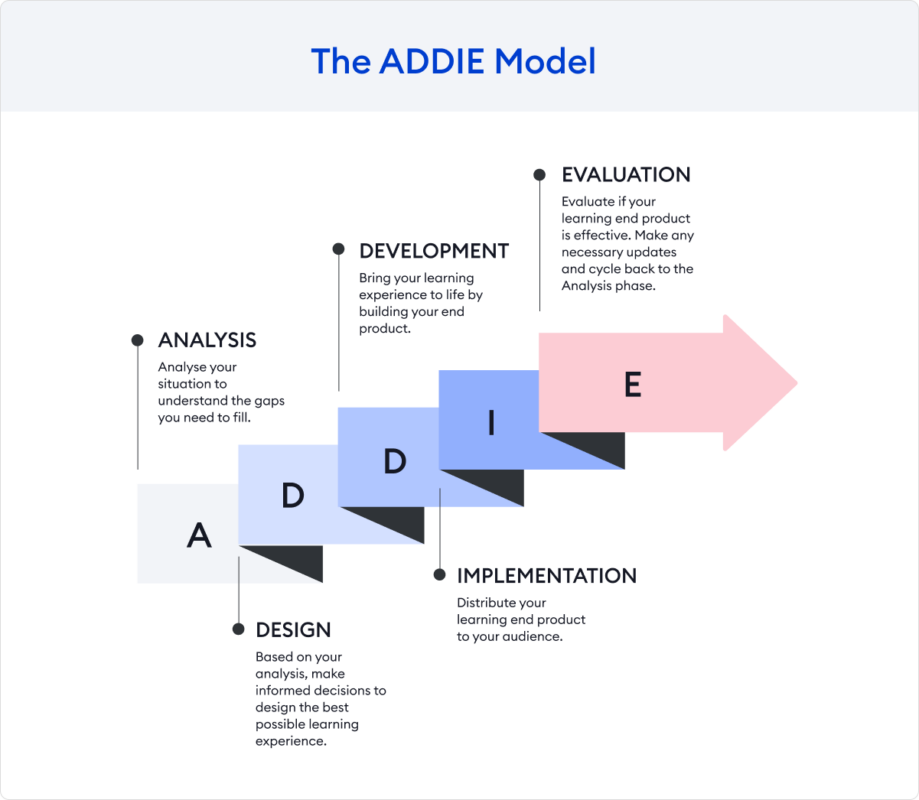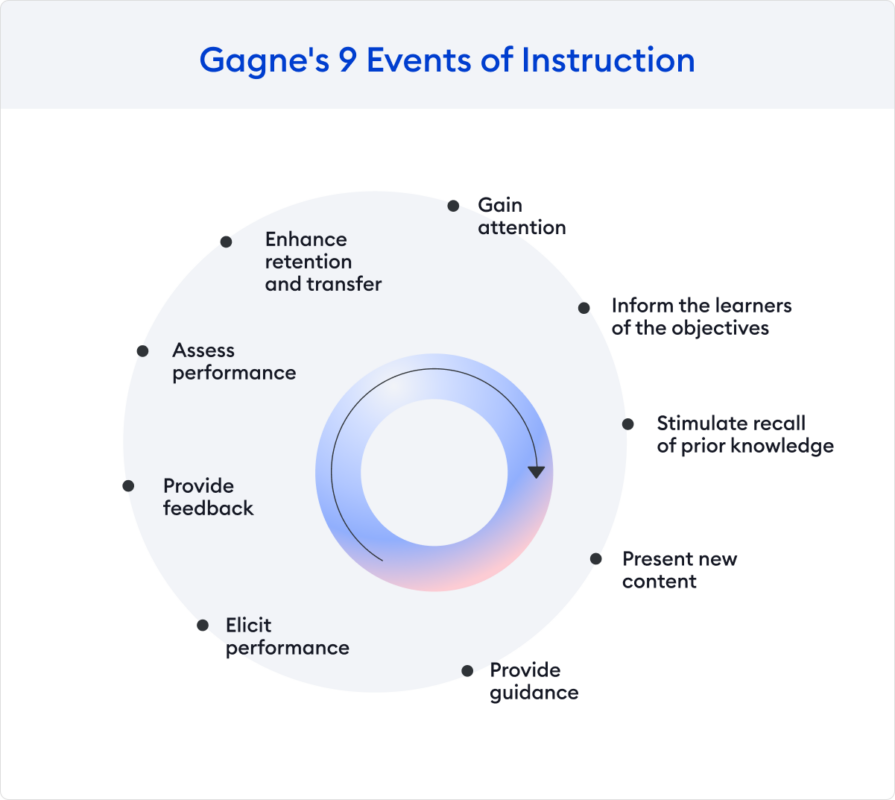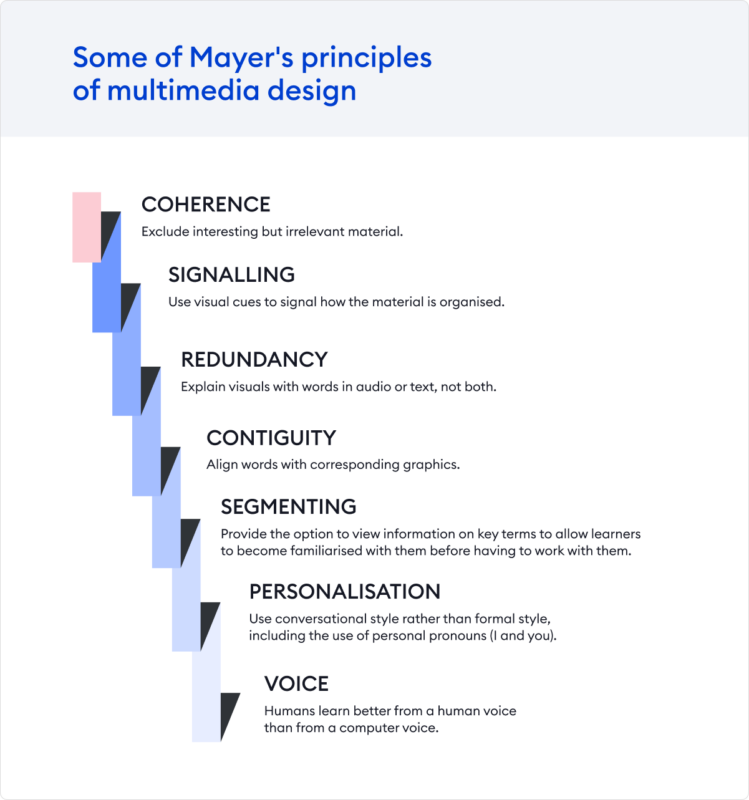From Classroom Teaching to eLearning — How to Become an Instructional Designer

Switching career paths is always a huge challenge. But sometimes such an experience leads to new professional prospects and the most exciting transitions in life.
Whether you’re a teacher who wants to deliver your knowledge online or an enthusiast looking to develop educational content, you’ll find this article useful. We’ll explain in simple terms what instructional design is and how teachers can make a smooth transition to this promising career.
Who Instructional Designers Are and What They Do
You may have never heard of instructional designers (IDs), but you’ve definitely been exposed to the results of their work. While classroom teachers deliver knowledge to a live audience, instructional designers usually stay behind the scenes — but their work is just as important.
An instructional designer is an expert who develops learning experiences to maximise learners’ success. IDs create the materials needed to facilitate comprehension and achieve learning objectives in courses, assessments, manuals, simulations, and more.
Although IDs at different organisations can perform vastly different jobs, in simple terms, their tasks usually include:
- Planning and analysis. Before creating a course, an ID conducts research: studies the target audience, determines the learning objectives, and looks for the best ways to achieve them.
- Collaboration with SMEs. Instructional designers have a great deal of expertise in creating a course outline, but they may not have enough subject knowledge to create a course. So, they usually need to collaborate with subject matter experts (SMEs) to gather information on the topic, revamp the content, collect feedback on the course, and make adjustments.
- Content development. Next, IDs make up a script for a course and a detailed storyboard. A storyboard is a blueprint of how an ID has envisioned each section, screen by screen. It contains detailed information about modules and topics, types of content best suited to the audience, and key objectives.
- Course authoring. At this stage, IDs create an actual course using an eLearning authoring tool. Such software serves as the backbone of the entire course because it allows IDs to bring all their ideas to life.
3 Steps to Becoming an Instructional Designer
Here’s a brief guide to help you take your first steps toward becoming a great instructional designer.
1. Learn the theory
Instructional design is a complex discipline. It requires an in-depth understanding of psychology, visual design, education, and instructional design theory as well.
ID theory encompasses many educational psychology principles and methodologies. Having a teaching background certainly makes it easier to master instructional design. Still, it would be useful to examine some popular ID theories to allow you to create effective courses consciously rather than intuitively.
ADDIE
This model is the core of instructional design and includes analysis, design, development, implementation, and evaluation stages. The ADDIE model was developed over forty years ago and has changed in some ways — in the current reality, you often have to manage several stages simultaneously.

Gagne’s 9 Events of Instruction
Robert M. Gagne, Ph.D., an American educational psychologist, proposed a nine-step framework that still holds strong today. The model includes steps that address the mental conditions for effective learning. When each step is completed in turn, learners are much more likely to be engaged and retain the information that they’re being taught.

Mayer’s principles of multimedia design
Richard E. Mayer, Ph.D., distinguished Professor of Psychology at the University of California, Santa Barbara, laid out principles for multimedia learning that have become a standard approach in instructional design. He put forward rules that you can follow to create coherent, informative, multimedia learning materials that are not redundant.

These methodologies are not exhaustive and can be supplemented by many others, such as Action mapping by Cathy Moore, Bloom’s Taxonomy, Kirkpatrick’s model of evaluation. Dive into the question to enhance your expertise.
2. Learn the tech
Instructional designers need to be experts not only in how people learn but also in how to create learning content using technologies. That’s why they should be proficient users of eLearning authoring tools.
An authoring tool is a software that helps you create educational content, convert it into an online format, and distribute it among learners via a learning management system (LMS) or the Web.
Choosing authoring software and mastering its functions can take a lot of time. But fortunately, there are some intuitive tools on the market that are easy to learn and don’t require special technical skills.
For example, iSpring Suite works as an add-in to PowerPoint, so if you’ve ever made a presentation, this tool is easy to use. Plus, to slide-based courses, iSpring Suite allows you to create interactive quizzes, videos, role-play simulations, and interactions.

3. Establish your presence
Whether you’re looking for a full-time job in a company or want to make money as a freelancer by creating eLearning courses, let others know about your expertise. For example, if you’re a teacher, participate in some volunteer activities at your school or university and take advantage of that opportunity to develop at least small learning modules to show your abilities. Then you can add it to your portfolio.
Update your LinkedIn profile and focus your CV on ID tasks. Promote your expertise on other social media or create a website.
In Conclusion
If you love teaching but want to leave the classroom and try something new, then instructional design is likely to be enjoyable for you.
To help you get up and running with instructional design, we have created a guide on how to transition from teaching to ID easily. Download it and move on to new career heights!











Responses